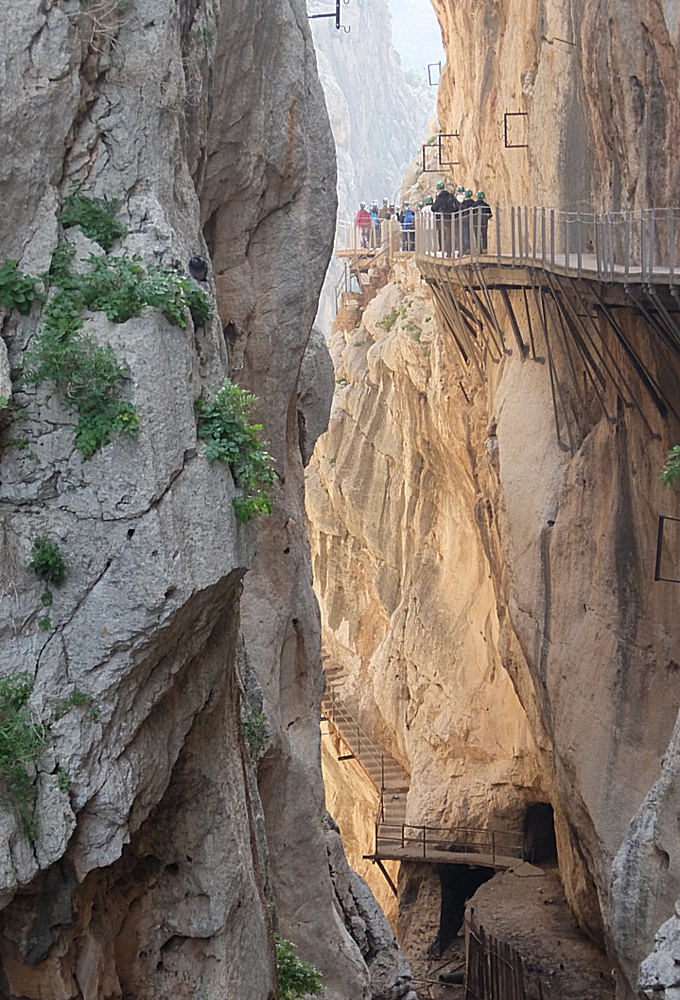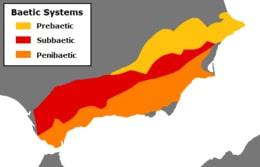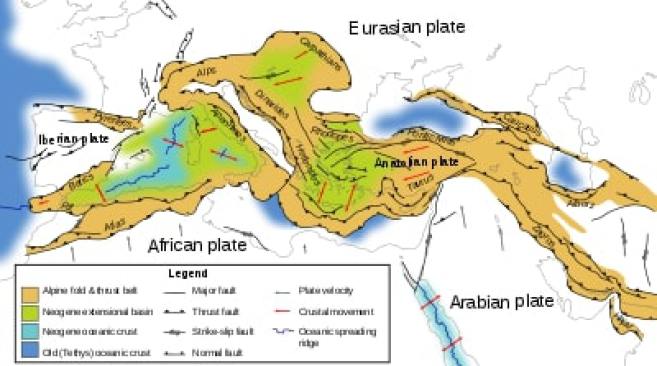Welcome to the Rudloe and environs website.
Here you will find news, articles and photos of an area that straddles the Cotswold Area of Outstanding Natural Beauty in north-west Wiltshire.
Contributions in the form of articles or photos are welcome. Even those with completely contrary views to mine!
Thanks to the website builder 1&1 and Rob Brown for the original idea.
Rudloescene now, in January 2014, has a sister, academic rather than anarchic, website about Box history here: http://www.boxpeopleandplaces.co.uk/
It contains thoroughly professional, well-researched articles about Box and its people.
Contact rudloescene through the 'Contact' page.

Caminito del Rey (Caminito del Rey) - February 2020. El Caminito del Rey (The King's Little Path) is a walkway along the walls of a narrow gorge in El Chorro near Ardales, north of Malaga. It has been known in the past as the 'world's most dangerous walkway' following five deaths in 1999 and 2000. The walkway was built to provide workers at the hydroelectric plants plants at Chorro Falls and Gaitanejo Falls with a means to cross between them, to provide for transport of materials and to help facilitate inspection and maintenance of the channel. Construction began in 1901 and was finished in 1905. King Alfonso XIII crossed the walkway in 1921 for the inauguration of the dam Conde del Guadalhorce, and it became known by its present name. The walkway is 1 metre wide and rises over 100 metres above the river below.


